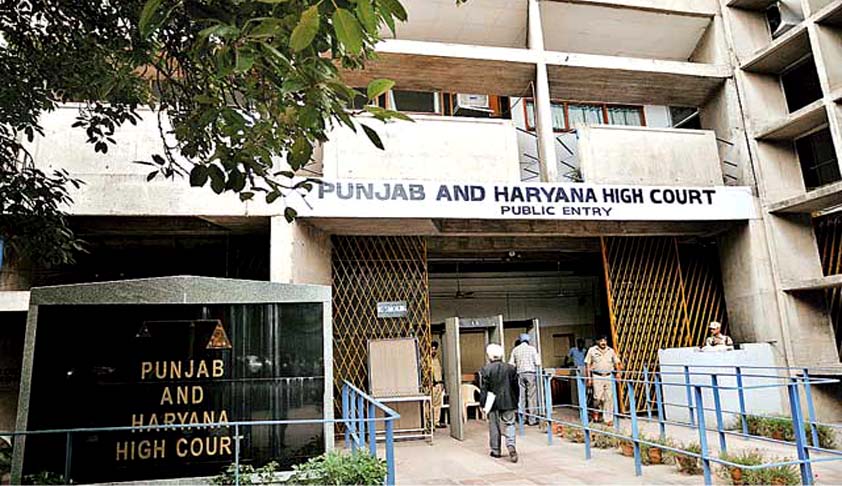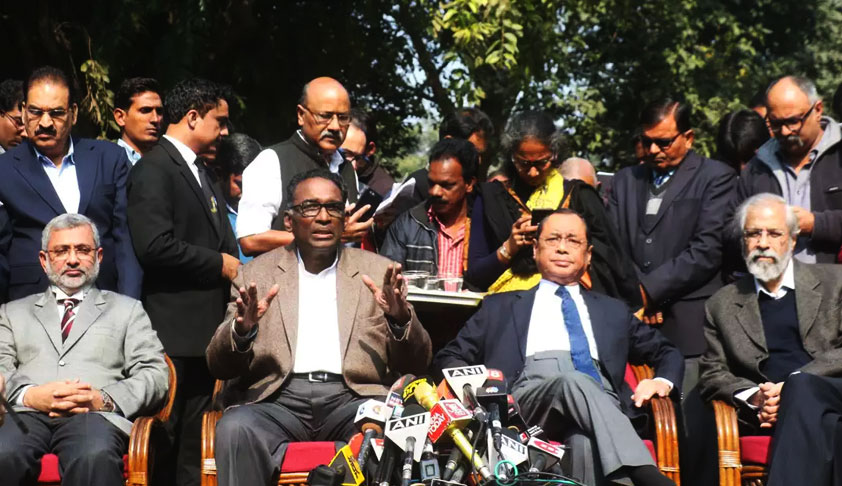All decided cases in Punjab and Haryana HC digitized; e-Filing and e-Diary software prepared

All decided cases have reportedly been digitized for safekeeping for posterity, by the Punjab and Haryana High Court, as informed by the Chairman of Computer Committee Justice Rajesh Bindal while speaking at a regional discussion regarding the e-courts project at the Chandigarh Judicial Academy.The discussion was presided over by Justice Madan B Lokur, of the Supreme Court and...
All decided cases have reportedly been digitized for safekeeping for posterity, by the Punjab and Haryana High Court, as informed by the Chairman of Computer Committee Justice Rajesh Bindal while speaking at a regional discussion regarding the e-courts project at the Chandigarh Judicial Academy.
The discussion was presided over by Justice Madan B Lokur, of the Supreme Court and In-charge, e-Committee, SC. Those present also included Justice Arun Palli and Justice Amit Rawal from Punjab and Haryana, Justice Tashi Rabstan from Jammu and Kashmir, Justice Dharam Chand Chaudhary and Justice Tarlok Singh Chauhan from Himachal Pradesh and Justice V.S. Siradhana from Rajasthan, among others.
Justice Rajesh Bindal further elaborated on the citizen-centric services introduced by the High Court, informing that the digitization exercise had resulted in scanning of 15.90 crore pages and disposal of 225 tonnes of waste papers, which generated revenue of Rs 22 lakh and freed valuable space of 15,000 square feet. He further stated that the Court had also prepared e-Filing and e-Diary software for the convenience of litigants and advocates. Enhancing the quality of assistance offered by government counsel, the digitization of Court records permits sharing of soft files with the Advocate General's Office, Union of India counsel and other departments.
A demonstration of the e-Filing module, which enables the advocates and litigants to file cases online, was also conducted during the event.
95% of the mandated activities under the Phase I of the eCourts Integrated Mission Mode Project had been completed by September 30, 2015. Under Phase-I, National eCourts portal have became operational. The figures of pendency of District Judiciary Courts across the country, in aggregate for country and States as well as individual Court/Judges are left open for being accessed by anyone visiting the National eCourts portal ecourts.gov.in. You may read more about the National Judicial Data Grid (NJDG), here.
Phase II of the project was approved in January, 2014. It aims to computerize around 5751 new courts within a project timeline of three years. It aims to create a robust Court Management System through digitization, document management, judicial knowledge management and learning tools. Installation of Cloud network and solar energy resource at Court Complexes has also been planned to be achieved.
The eCourts Integrated Mission Mode Project has been conceptualized on the basis of the “National Policy and Action Plan for Implementation of Information and Communication Technology in the Indian Judiciary-2005” by the eCommittee of the Supreme Court of India. The eCommittee was formed in 2004 to draw up an action plan for the ICT enablement of the Judiciary with the Patron in Chief-cum-Ad hoc Chairman as the Chief Justice of India. You may read more about the project here.



![BREAKING: SC Strikes Down 157 Year Old Law Criminalizing Consensual Homo-Sexual Acts Between Adults; Holds Section 377 IPC Unconstitutional To That Extent [Read Judgment] BREAKING: SC Strikes Down 157 Year Old Law Criminalizing Consensual Homo-Sexual Acts Between Adults; Holds Section 377 IPC Unconstitutional To That Extent [Read Judgment]](https://www.livelaw.in/cms/wp-content/uploads/2018/09/Section-377-Judges.jpg)
![[Debate]Immediate Post-Retirement Appointment of Judges : Mutual Bonhomie between Executive And Judiciary? [Debate]Immediate Post-Retirement Appointment of Judges : Mutual Bonhomie between Executive And Judiciary?](https://www.livelaw.in/cms/wp-content/uploads/2018/07/AK-Goel-RK-Agarwal-P-Sathasivam-Arun-Jaitley.jpg)
